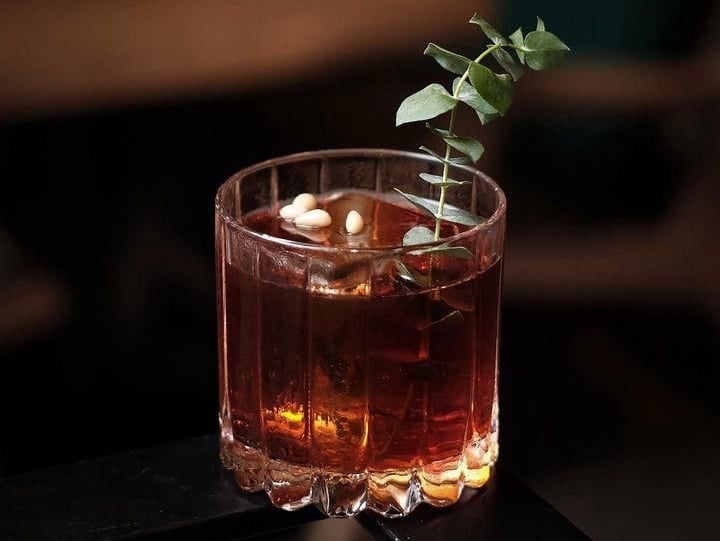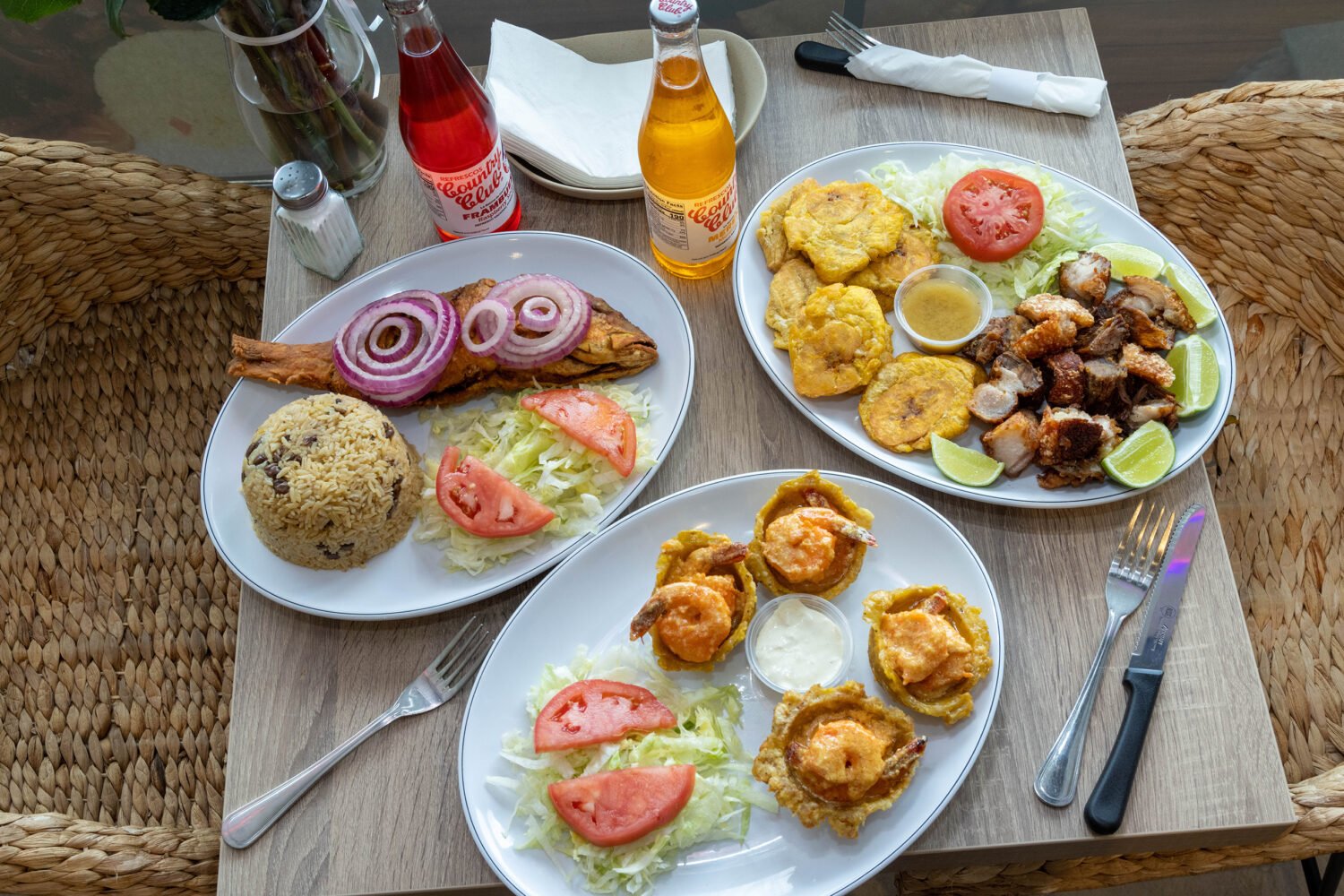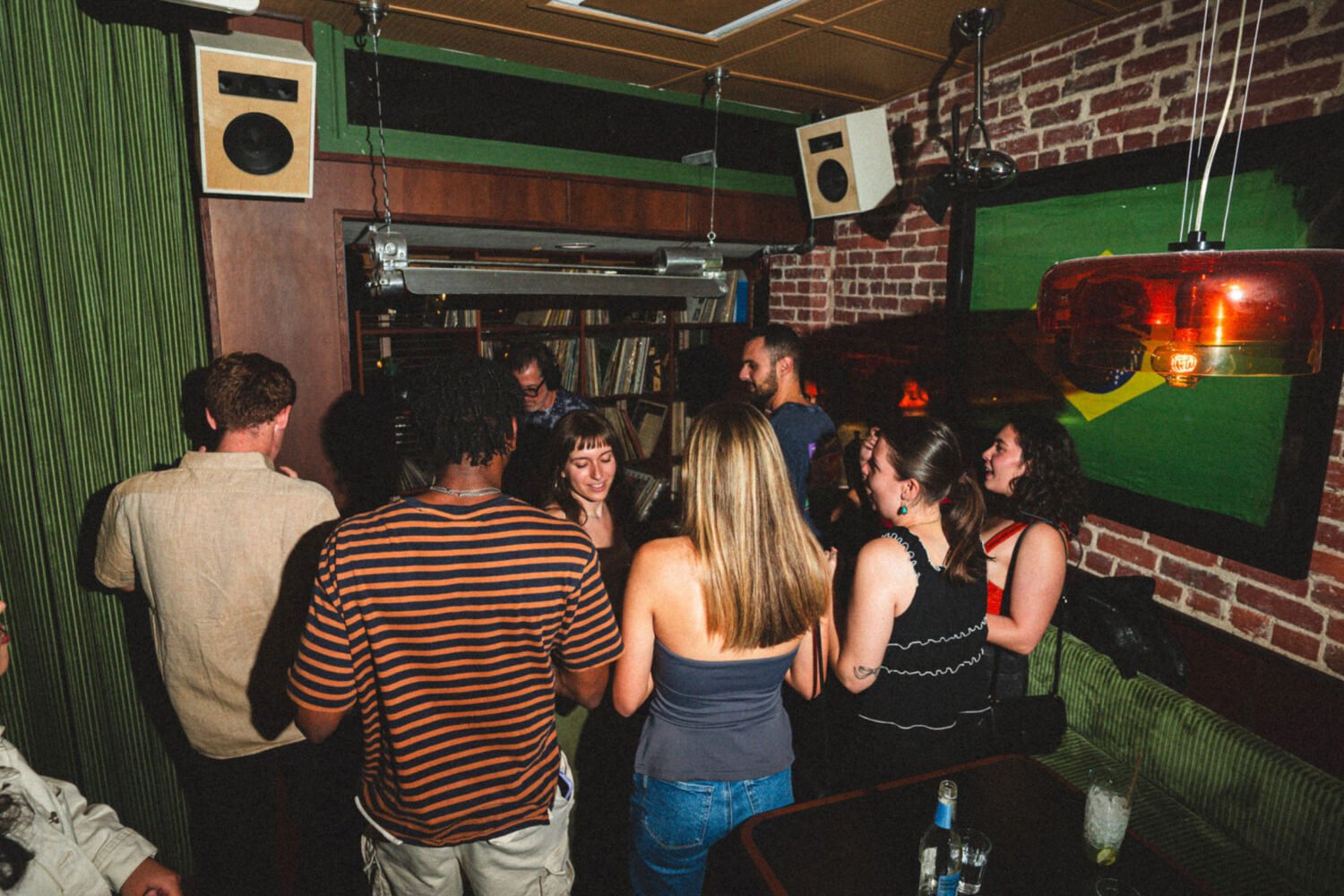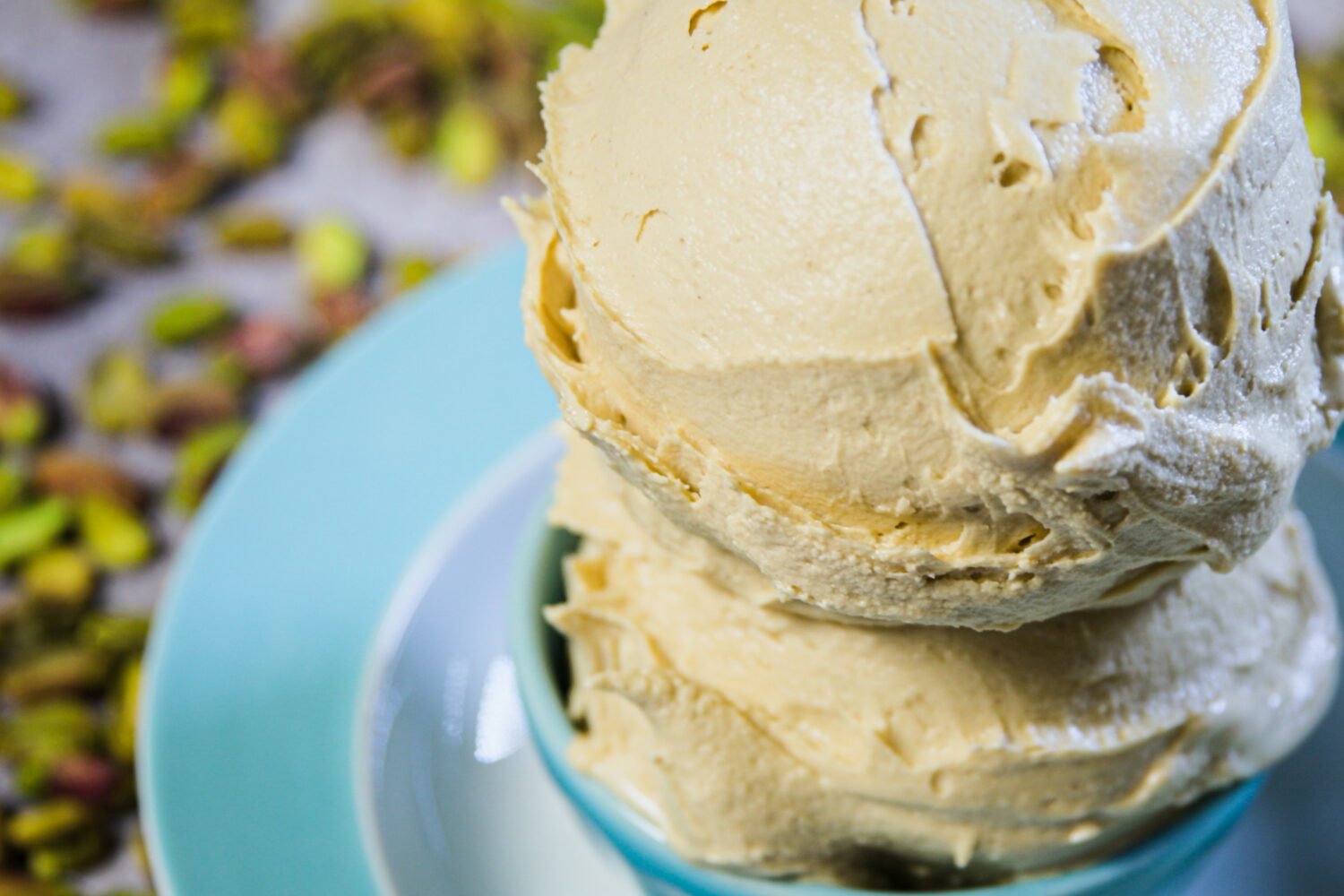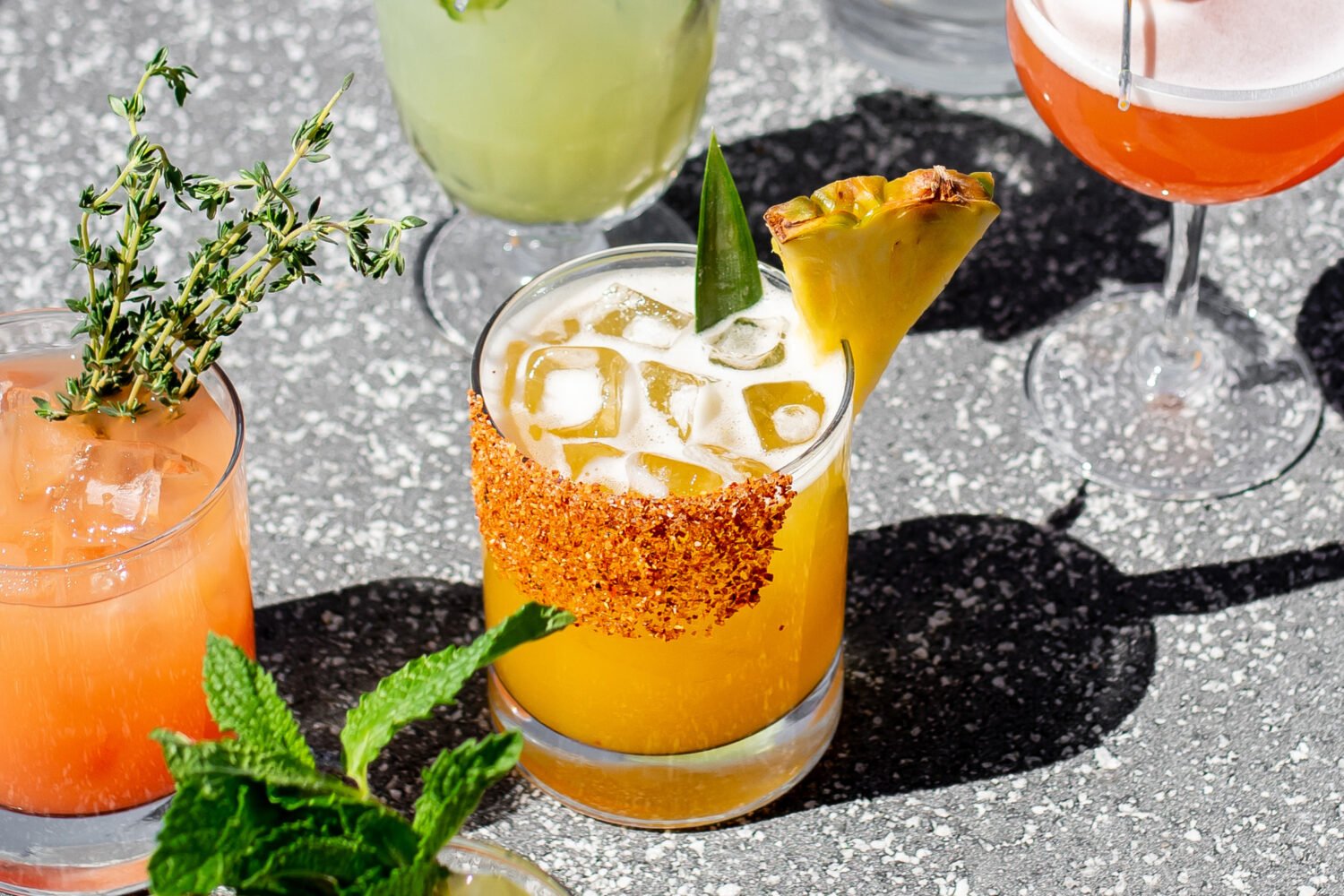A week before opening DaMoim—a fusion restaurant in the heart of Annandale’s Koreatown—Jae Lee and his wife, Kristine, gathered some of Lee’s colleagues from the real-estate business for a trial run. These were men and women in their fifties and sixties, many of them immigrants who had found comfort in the familiar flavors of Koreatown’s soup parlors, barbecue joints, and cafes. The first thing they noticed, after settling uneasily into the modish space with its flat-screen TVs and dangling lamps, was the menu. It was in English.
“You’re in Annandale,” one man said to Lee. “Are you crazy?”
Also conspicuous by its absence: panchan, the array of tangy snacks served with a traditional Korean meal. How could you have a Korean restaurant without any panchan? And just what kind of crazy food was this—kimchee quesadillas and kimchee chili? Bul goki tacos?
“They killed us,” Lee, 41, recalls. “They all told me I was going to be out of business in a month.”
Four months later, Lee is still around, but the generation gap has proved harder to bridge than he anticipated—more difficult than making dumpling skins by hand every day or assembling a suitable wine list.
Listening to him talk of a divide within a culture, I begin to understand the significance of the framed black-and-white pictures of the Beatles he’s hung on the restaurant’s walls. In defying tradition and unsettling their elders, the Fab Four stand as a model for what Lee refers to as “the 1.5s”—men and women who, like him, are neither first generation nor second but born in Korea, raised in Northern Virginia, and weaned on the eclectic American restaurant scene: sushi and tapas, bistros and wine bars. This is the constituency he hopes to reach with his cheeky brand of crossover.
He’s also intent on winning Westerners over to the charms of Korean cooking. “My neighbors in Falls Church, they tell me they like Korean food,” says Lee. “But they don’t go to Koreatown—they don’t feel comfortable because everything is so traditional and Korean.”
Koreatown is evolving. A few years ago, Woo Lae Oak introduced an East-meets-West roster of dishes alongside its traditional menu. And the busiest restaurant these days is a spot called Honey Pig, where diners cook thick slabs of pork belly on portable grills in a low-ceilinged, dimly lit space that replicates the energy of a New York City subway car at rush hour. But Lee has gone further—mixing street food and fine dining, Korean flavors and Western dishes, Korean dishes and Western flavors in a dining room that conjures a wine bar, a sports bar, and a contemporary bistro.
The wonder is not that Lee is mixing and matching such disparate flavors and styles; it’s that he’s done it so well.
Quesadillas stuffed with chili-doused kimchee taste so inevitable that you forget that two radically different cuisines have been smashed together. Likewise, after several spoonfuls of the chili, the novelty fades and you’re left to savor a meaty, spicy bowl that surpasses the efforts of most chili parlors.
I loved the tacos the first time I tried them, marveling, as I tore into them, at the seamlessness with which the marinated Korean short rib known as galbi had been adapted to the role of fajita meat—rendered into thin, chewy strips and strewn atop a nest of shredded Colby cheese and diced tomatoes. The second time, though, the meat was dry.
The fried chicken is an homage to BonChon, a Korean chain—its Annandale outlet is one of the most popular restaurants in Koreatown—but Lee uses only free-range chickens, and the birds are fried to order. The result is a different kind of synthesis: The crispy skin calls to mind fast food, but the chicken has a fresh taste that can’t be faked.
Two of the best dishes, the mandu, or dumplings, and the glazed short rib, are more traditional in their approach. But the degree of detail is closer to a restaurant in DC’s trendy bistro scene than to the barbecue joints and soup parlors of Koreatown.
The wrappers of the mandu are made from scratch, a labor-intensive process that few Korean restaurants in the area, as far as I know, commit to; most buy prepackaged wrappers. The sheerness of DaMoim’s skins results in dumplings of remarkable lightness and delicacy. They’re available filled with ground meat or with minced, slightly bitter vegetables; though they’re both excellent, I prefer the latter, and I prefer them fried. Even with a slight sheen of oil on the surface, the dumplings still crunch like a dream. The glazed short rib is presented as a tapa, turning what might have been a heavy dish into something more accessible. The towering rectangle of meat is surrounded by beautifully carved carrots, chestnuts, and radishes. It’s not as in-your-face a union of East and West as the kimchee quesadillas, but it smartly bridges the divide.
It wouldn’t be hard to imagine the dish at Proof or Cork or Jaleo, all of which pride themselves on precisely executed, boldly flavored dishes. Lee is a devotee in particular of Jaleo—which explains the appearance on his menu of gambas al ajillo, the classic Spanish tapa of grilled shrimp in garlic sauce. “I just like it,” he says, “so I put it on the menu. Besides, it’s got a lot of garlic in it. Just like Korean food.”
Lee was a fixture at the original Jaleo in DC when he owned a condo in the building next door and credits chef José Andrés’s popular tapas restaurant with providing the template for DaMoim—the word translates roughly as “gathering place.”
Back then, Lee had no idea he would open a restaurant, but he was intrigued by the idea of serving “these weird but wonderful” dishes in a lively atmosphere. He had worked with his father at a deli and later a cafe and liked the intensity and daily rewards of the business, but he was committed to real estate. Then came a GQ magazine article featuring chef David Chang, a Northern Virginia native who had opened the critically acclaimed Momofuku Noodle Bar in New York, introducing Korean cooking to a new generation of diners. “I was just so proud,” says Lee. “We’re both from Virginia, we’re about the same age, and here he was doing our food but different.”
A couple of years ago, Lee heard about the Kogi barbecue truck, a street-food outfit that had created a stir in Los Angeles with its Korean-style tacos. Not long after that, he read about a guy with a street cart in New York City who was putting Korean beef on top of hot dogs. The signals were too strong to ignore. The culture was changing: “If these people could do it, I thought, why not me?”
DaMoim will never be confused with Momofuku, and it’s unlikely that food critics will be tempted to cross the continent to sample its concoctions. Lee will settle for being a hit in Koreatown. Toward that end, he
intends to roll out a new menu soon. In English and Korean.
-September, 2010







